
Angular is an open-source framework that is managed by Google (Google’s Angular team). Angular is a complete framework that includes all the necessary technologies and best practices. As with React and Vue, Angular supports the usage of modules, dividing your UI into distinct and reusable components.
To get us started, below are 7 notable and helpful Angular component libraries to explore when building your upcoming Angular applications. While the top Angular Component libraries are designed for Angular2+, handful of UI libraries are supplied to assist users of earlier releases.
1. What is a Component Library?
A component library is a compilation of pre-constructed web components or pre-programmed system components. Engineers may include the parts straight into their mobile or web applications, reducing the necessity to recode anything.
When implemented successfully, it enables engineers to operate consistently and becomes extremely time productive. Numerous UI component frameworks also have customizability options. As a result, programmers may be innovative and tweak or build new components.
Additionally, component libraries will aid in group communication. If you’re working on a large product with a large number of team workers, a component library will allow it to manage several editions and maintain consistency all across the program.
2. Best Angular Component Libraries:
2.1 Angular Material
Angular Material components (previously referred as Material2) is the official Angular component library that adheres to Google’s Material Design guidelines. It is built on the Typescript and Angular frameworks. It includes a variety of features and enables developers to include them into web apps. This solution includes tools that enable any programmer to create custom components that take use of well-known styles of interaction.
- Several Angular components that you may utilize in your Angular app include the following:
- Menus in the ToolBar, the Side Navigation, and the navigation bar
- Develop popup windows such as tooltips, snackbar, and dialog
- Data table format
- Checkboxe, AutoComplete, form field, datepicker, and radio buttons are all examples of control types.
- Progress Spinner, Buttons, Progress Bar, Icon, Chips
- Grid List, Cars, Tabs, Stepper, List, and Expansion Panel are all layout components
Angular Material is among the most popular libraries for Angular components. With the help of command line templates one can easily integrate new features as well as with the help of common interaction pattern one can make tailor-made components. It contributes to the uniformity and fluidity of the user experience across several displays and operating systems, including macOS, Windows, Android, Apple, and Chrome OS. It is a well-organized and well-presented library that is frequently used by programmers worldwide.
2.2 UI Bootstrap
UI Bootstrap is a popular UI component library that makes use of Bootstrap. Developers might know that it is one of the most comprehensive front-end technologies. It includes a large number of dependencies such as Bootstrap CSS, Angular-touch, and Angular-animate. UI Bootstrap offers extensive support for rapid web development using Angular. The best aspect is that it eliminates the need for jQuery or Bootstrap JavaScript and also improves the speed of the applications and modern web apps.
To ensure angular security best practices you can use powerful plugins. The JS enables Bootstrap plugins such as Model, tooltip and so on, but it is not ready to use. You can readily utilize Bootstrap with AngularJS. Why? Because these plugins will require jQuery, and jQuery with AngularJS don’t get along. It is also the most preferred library among developers as it allows the use of many Bootstrap features.Along with this it also supports high testing coverage.
2.3 NG-BootStrap
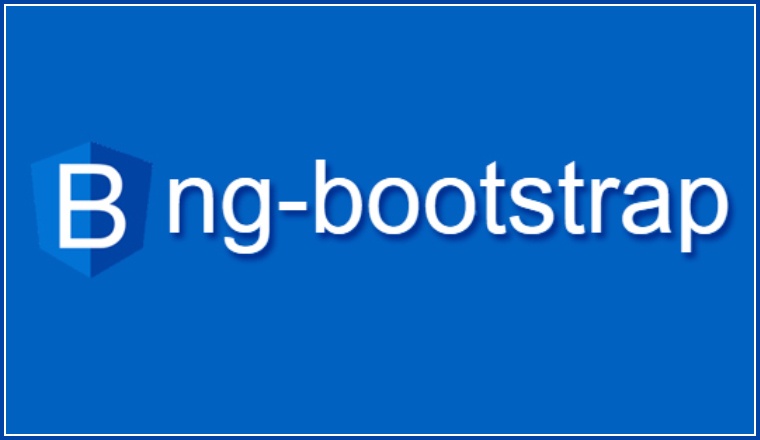
In 2015, there was an introduction to NG-bootstrap as one new UI, which later became one of the best Angular UI frameworks called NG Bootstrap. NG Bootstrap delivers Angular widgets with advanced input components which we develop from scratch using Bootstrap 4 CSS. These widgets are simple to use and require no further knowledge other than Angular and Bootstrap. Their component package is also easy to manage. It has no third-party js dependencies. This Angular library supports the whole large community of development teams.
It enables the usage of The angular UI Bootstrap components such as a carousel, modal, popover, ToolTip, datepicker, and typeahead. However, owing to the extended period between upgrades, its utilization has decreased over time. There is a similar UI called NGX- bootstrap which is under development whose features are also the same as NG bootstrap. What makes them different from each other is the type of versioning and support of native angular components. For that, let us see what NGX Bootstrap is.
2.4 NGX- Bootstrap
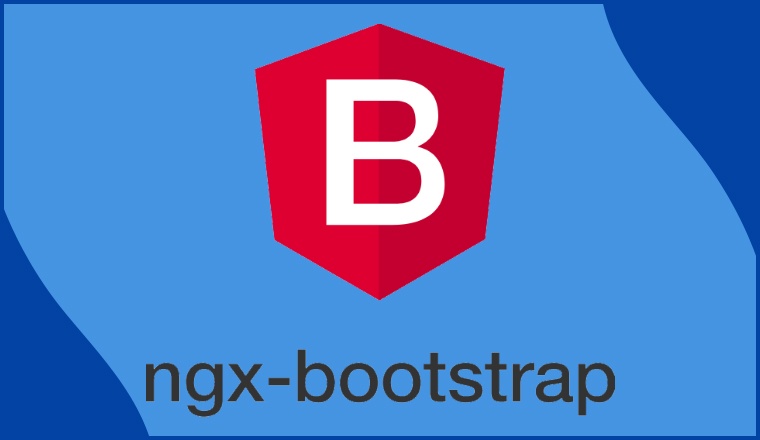
Valor is the company that has introduced NGX bootstrap software which is another most popular Angular UI component library. It includes all of the essential Bootstrap component where Angular plays a major role. So you don’t need to add original JS components and can instead rely on markup and CSS in Bootstrap. The best and most straightforward method to quickly iintegrate Bootstrap 3 and 4 components with Angular.
It includes all of the core functionalities(and not just the core, there are additional ones too). Angular influences majorly all the Bootstrap components. So you don’t need to include any of your own JS components, but we are leveraging Bootstrap’s markup and CSS framework.
Because all of the Bootstrap components are developed using Angular, they deliver responsive web design or responsive UI and improve performance across all platforms. It is one of the quickest approaches to incorporate Bootstrap 3 or Bootstrap 4. The major distinct factors from NG and NGX bootstrap are built-in animation support and better support like nested modals, modal as a service, a sortable component with other types of drag and drop features. Also, the community of Angular developers has given 5.1K Stars on Github.
2.5 Covalent UI
Covalent UI is a UI library that was introduced by Teradata and is an Angular-Material-based user interface framework. This framework encompasses solutions that are based on a full web framework and it has a tried-and-true design language. It also allows AngularJS developers to get a head start on developing a contemporary online application. Teradata Covalent UI is also available on GitHub with a good score by the developer’s community.
The Angular Command-line Interface allows developers to interact with Angular-material-based platforms that support designing, deploying, and testing applications. These advanced components provide a simpler file upload to the UI platform, user interface layout, stepper, custom web components, expansion panels, and additional testing tools for both end-to-end and unit tests.
2.6 Kendo UI
The next name in this list of Angular libraries is Kendo UI. This is a high-quality Angular UI component toolkit that will help you take your Angular project to the next level. Kendo UI is a library that assists Angular development companies to step ahead with the app development process to a more advanced way of doing it. It is one of the most professional ways that Angular component libraries operate. It has remarkable features such as Native Angular UI, Angular localization, flexible themes, and a simple installation procedure.
There are many features of Angular Kendo UI that make it different from others in the same league. Some of the components include more towards native Angular UI. There are a variety of UI components available for speed, performance, localization, and Accessibility. There are more than 80 UI components for theme building, upgrades, and flexibility.
2.7 Onsen UI
With Angular UI and Onsen UI, it is utilized to develop stunning Android and iOS apps. Onsen UI includes Angular UI directives that are automatically styled based on the platform.
All UI components are simple to integrate into your Angular mobile apps.
Onsen UI is an open-source set of UI components to develop HTML5 hybrid mobile applications. This also includes a wide range of Angular components that will allow you to build cross-platform web applications and hybrid apps.
Most of this also supports both types of software development platforms Android and iOS. Onsen UI also provides ready-to-use UI components such as toolbars, forms, side menus, and dialog boxes for a more native look. Angular developers will find it really simple to set up and learn. The Stars on Github is 6.1K.
2.8 Semantic
Semantic-UI-based Angular UI building pieces. According to its documentation, Angular and jQuery do not mix – this is the library’s core concept. Semantic is one of the most popular UI component libraries. It is also known as NG semantic UI. It includes Angular component versions of the Semantic rich UI components and modules, eliminating the need to use jQuery in your program. NG Semantic is a prominent framework that was built to assist Angular development businesses in building distinctive layouts using HTML code. It employs interchangeable notions.
This Semantic-UI contains over 3000 theming variables and options and over 5000 commits and over 50 UI components. Some of the most salient features of Semantic UI can make your application concise with HTML. With simplified debugging options and intuitive Javascript options that create unique themes.
3. A Brief About Angular
Angular has lived through many years now. This JavaScript-based framework for creating mobile and progressive web apps, first announced by Google in 2009, has evolved significantly since then. To keep up with the growing needs of the web, Google totally redesigned and re-released Angular in 2016. Angular has become quite popular among developers.
With the evolution of the Angular community, additional UI modules and frameworks were made available to help Angular web development. These ready-to-use Angular UI components make it easier and faster to create a visually beautiful and responsive user interface for PCs, mobile devices, and tablets.
The Angular framework is a full frontend development kit that includes extensive functionality for developing desktop, mobile, and web apps. There are several component libraries that can expand your Angular components by integrating it with existing functionalities. These angular UI component libraries provide components that may automate your chores, execute typical, repetitive operations, and save you a significant amount of writing time.Angular has also gained a lot of popularity among full stack developers as well.
4. Conclusion
So, now that you have reached here, we hope that we are able to deliver the right information and insightful content on the best component libraries that will help you in your web development project. These popular Angular UI component libraries will help you with lightning design systems, flexible themes, custom components, and overall good native angular components. If your business has insightful and dynamic thinking then these components and comprehensive web frameworks will deliver best-in-class products. Choose what suits your business apps the best and then your angular developer team will be able to work on different user interfaces and for different project teams.


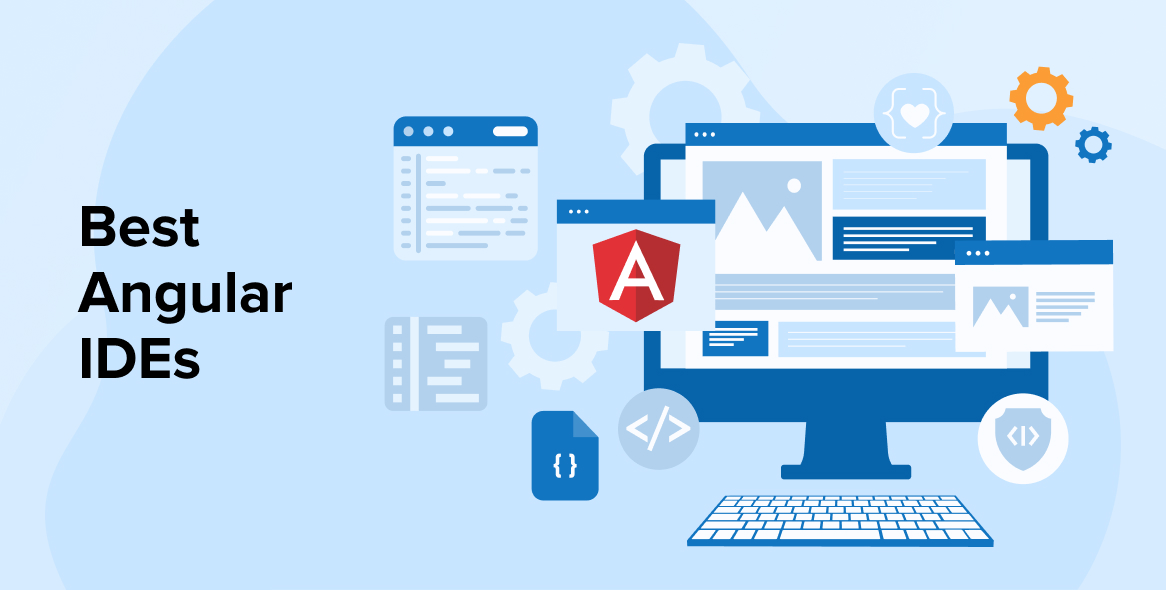
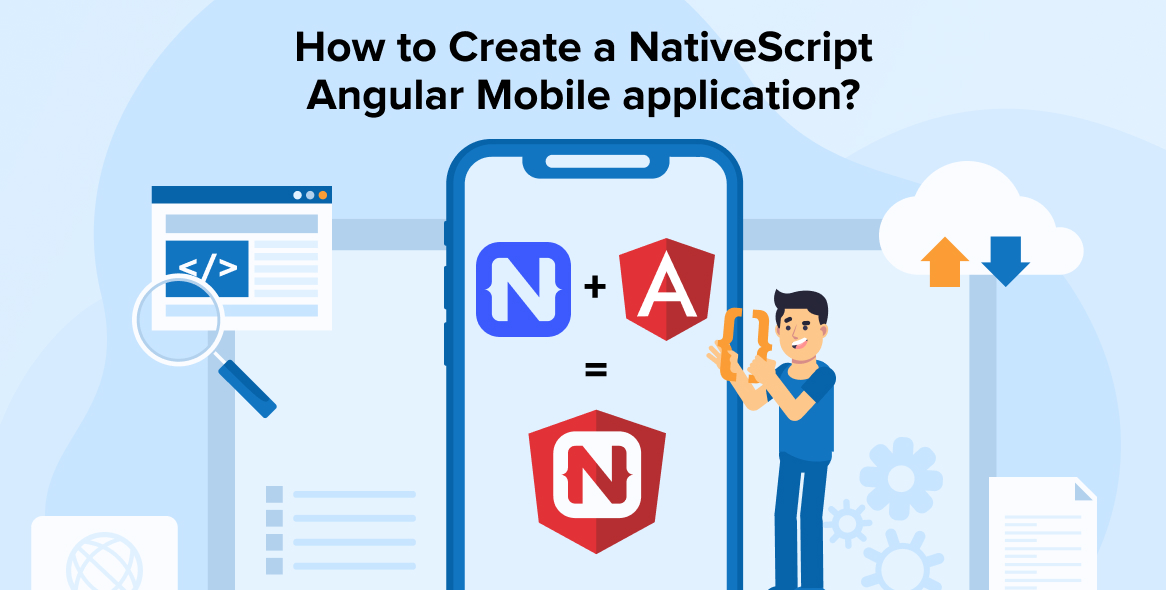
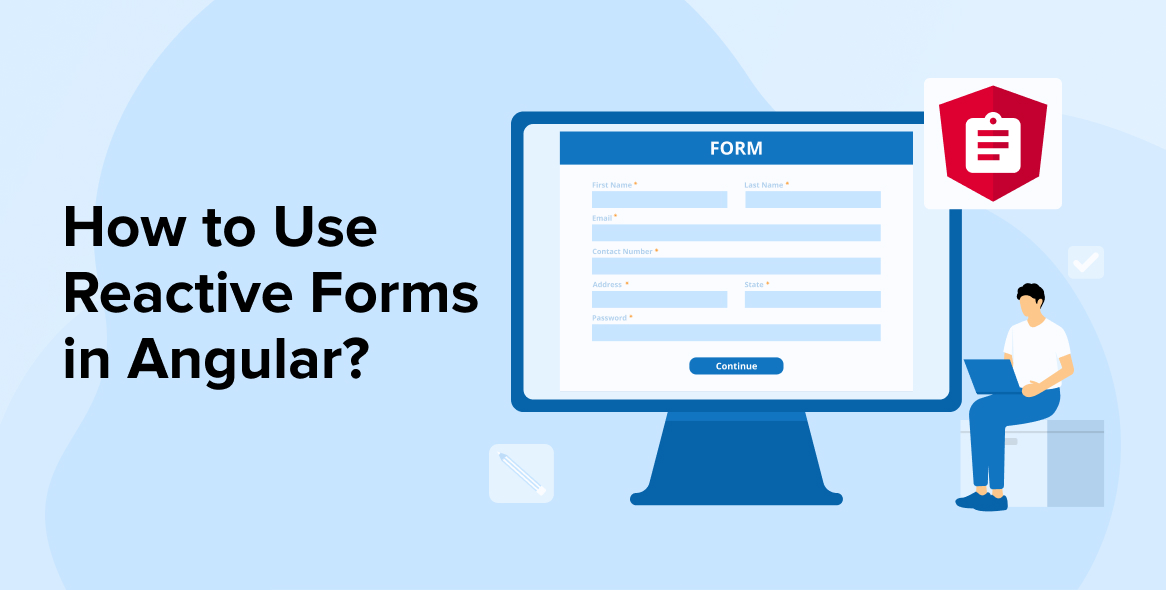

Comments
Leave a message...